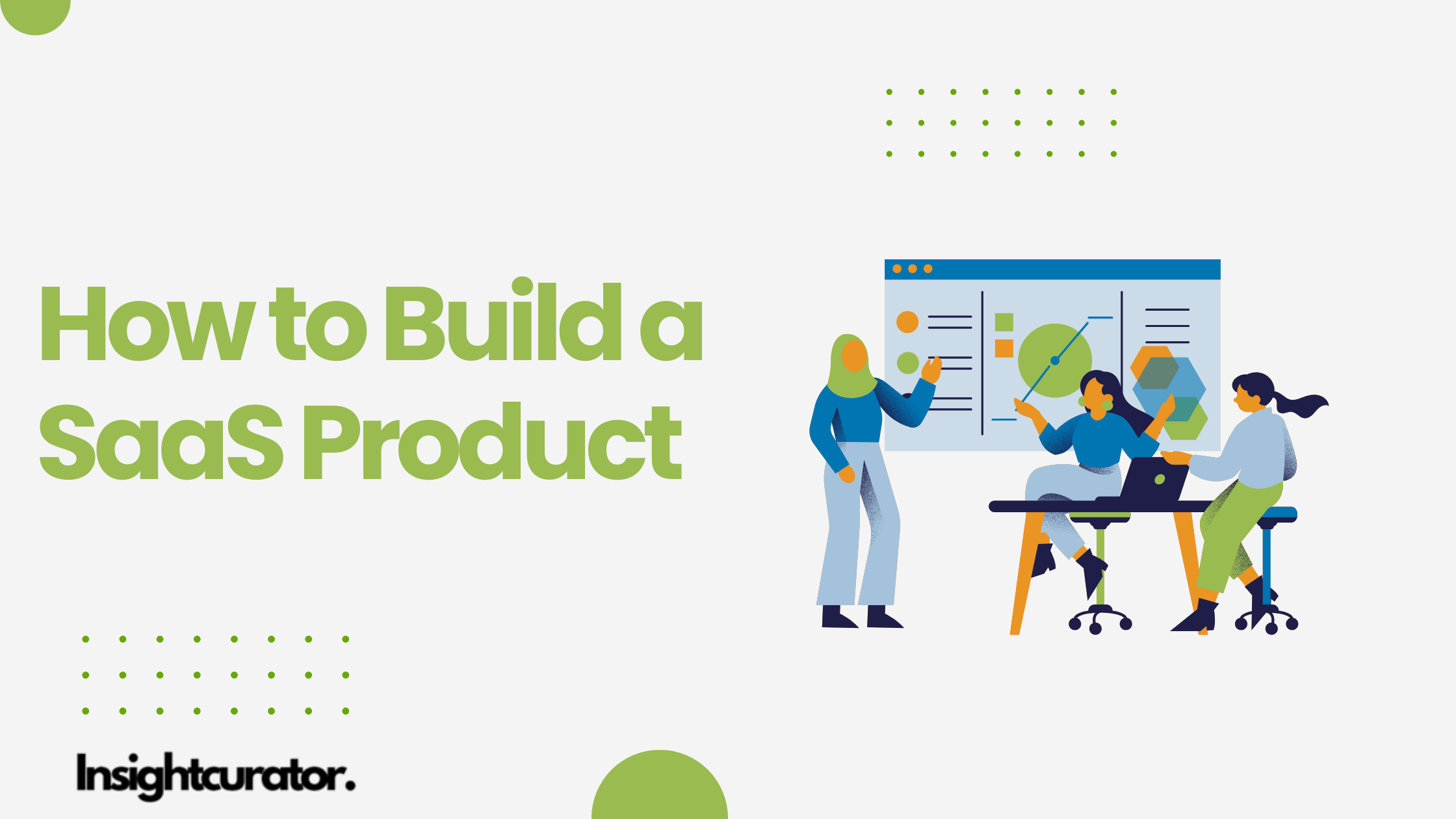Building a SaaS (Software as a Service) product can be an exciting and rewarding journey. SaaS applications provide software over the internet, making them accessible to users without requiring downloads or installations. This guide will walk you through the steps to create a SaaS product, answer common questions, and explore examples of successful SaaS products.
Why Build a SaaS Product?
SaaS products are in demand because they solve real problems and offer convenience. Some benefits include:
- Scalability: SaaS applications grow with your business.
- Recurring Revenue: Subscription models ensure consistent income.
- Accessibility: Users can access your product from anywhere with an internet connection.
Steps to Build a SaaS Product
1. Identify a Problem to Solve
Start by identifying a problem your SaaS product can solve. Research your target audience and their pain points. For example, Slack solved the problem of team communication by offering a centralized messaging platform.
2. Define Your Business Model
Choose a revenue model for your SaaS product. Popular models include:
- Subscription-Based: Users pay monthly or annually.
- Freemium: Offer a free version with limited features and charge for premium features.
3. Plan Features
Prioritize the core features your SaaS product needs. Focus on simplicity and usability. For instance, Dropbox started with a simple file storage solution before adding advanced features.
4. Choose the Right Tech Stack
Your technology stack depends on your product’s requirements. Common stacks include:
- Frontend: React.js, Angular, or Vue.js
- Backend: Node.js, Ruby on Rails, or Django
- Database: PostgreSQL, MySQL, or MongoDB
- Hosting: AWS, Google Cloud, or Microsoft Azure
5. Build a Prototype
Create a minimum viable product (MVP) to test your idea. An MVP helps gather user feedback early in the process. For example, Airbnb’s initial website was a simple platform for renting air mattresses.
6. Develop the Product
Focus on:
- Backend Development: Building server-side functionality
- Frontend Development: Designing a user-friendly interface
- APIs: Ensuring smooth communication between components
7. Test and Launch
Test your SaaS product for bugs and usability issues. Use tools like Selenium or manual QA testing. Once ready, launch your product with a strong marketing plan.
FAQs About Building SaaS Applications
How to Build a Cloud-Based SaaS Application?
Building a cloud-based SaaS application involves the following steps:
- Select a Cloud Provider: Use platforms like AWS, Azure, or Google Cloud.
- Design a Scalable Architecture: Use microservices for flexibility.
- Implement Security: Use encryption and authentication protocols to protect user data.
- Monitor Performance: Use tools like New Relic or CloudWatch to monitor uptime and performance.
How to Build a SaaS Product Without Coding?
Non-technical founders can use no-code platforms to create SaaS products:
- Bubble: Build web applications visually.
- Zapier: Automate workflows between apps.
- Glide: Create mobile apps from spreadsheets.
How to Build a Multi-Tenant SaaS Application?
Multi-tenancy allows multiple users to share the same application infrastructure. Steps include:
- Separate User Data: Use unique identifiers for each tenant.
- Optimize Resources: Design for efficient sharing of resources.
- Enable Customization: Allow tenants to personalize their experience.
Examples of Successful SaaS Products
1. Slack
- Problem Solved: Improved team communication.
- Key to Success: User-friendly interface and integrations with other tools.
- Growth: Slack gained rapid adoption by offering freemium plans.
2. Dropbox
- Problem Solved: Simplified file storage and sharing.
- Key to Success: Focused on seamless synchronization across devices.
- Growth: Dropbox’s referral program helped it grow exponentially.
3. Shopify
- Problem Solved: Simplified e-commerce for small businesses.
- Key to Success: Easy-to-use platform with extensive customization options.
- Growth: Shopify’s app ecosystem supports diverse business needs.
Key Takeaways
- Building a SaaS product starts with solving a real problem.
- Focus on usability and scalability.
- Learn from successful SaaS products like Slack and Dropbox.
- Use no-code platforms if you lack technical expertise.
- Regularly iterate based on user feedback.
By following these steps and understanding the success stories of existing SaaS products, you can confidently build your own SaaS application. SaaS is a growing industry, and with the right approach, your product can become the next big success.

